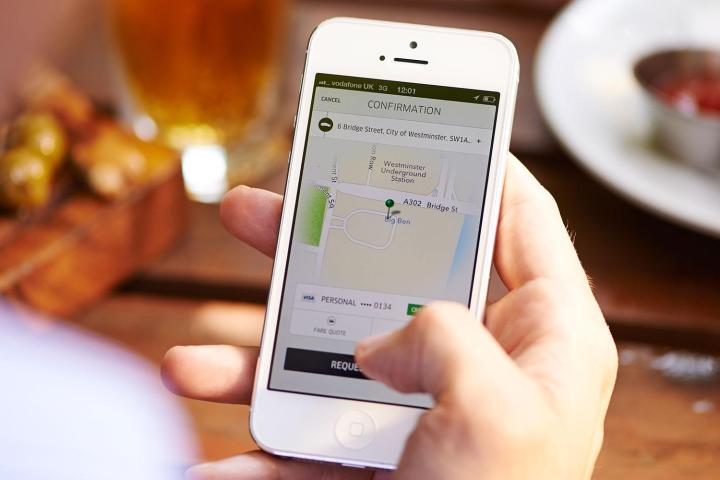
The two have left their respective positions at their previous companies for Uber, which announced that they’d hired the two master hackers on Friday to help the transportation giant “[build] out a world-class safety and security program.” Because seriously, who better to defend your cars than the guys who know how to get into them from just about anywhere?
Looking forward to starting Tuesday with the great team at @Uber Advanced Technology Center. Should be a cool challenge and a lot of fun.
— Charlie Miller (@0xcharlie) August 28, 2015
Starting Monday, Miller and Valasek will join Uber’s Pittsburgh team, where much of the research and development for the San Francisco-based company takes place. The Philadelphia city is home to the ride-sharing organization’s self-driving car and robotics research, which should make the two computer science whizzes feel right at home.
Excited for my new adventure at @Uber ATC! Fun times ahead.
— Chris Valasek (@nudehaberdasher) August 29, 2015
Miller and Valasek’s work has served as a significant public service, as their exposure of a security flaw in Fiat Chrysler’s hardware chip ultimately led to the automotive company’s recall of 1.4 million vehicles. This marked the first time that a recall was issued for a cybersecurity problem. When explaining why Miller chose to focus on cars when it came to his security research, he told the New York Times, “I’ve been in security for more than 10 years, and I’ve worked on computers and phones. This time, I wanted to do something that my grandmother would understand. If I tell her, ‘I can hack into your car,’ she understands what that means.”
Miller continued, “Also, I drive cars. I would like them to be safe.”
Of course, while Miller wouldn’t necessarily be driving the cars at Uber, he and Valasek would certainly be ensuring that those who are transporting Uber customers around are not remotely hijacked by a prankster or worse from miles and miles away.
And with the majority of the ride sharing service’s rather significant safety issues are predicated more on their drivers (with sexual assault cases reported across the country and the world), perhaps the team in Pittsburgh will be able to find a high tech solution to this pressing problem as well.
So rest assured, Uber passengers — while nothing else is guaranteed, chances are your car will be controlled by your driver and your driver alone.


